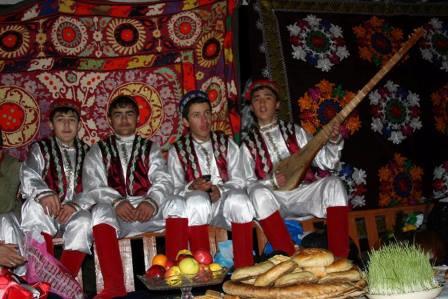
Most modern Tajiks are speakers of Persian languages and adherents to Islam living in Central Asia. Although historically, some followed Buddhism and Zoroastrianism. The estimated total population of the Tajik people is about 16-20 million. Tajik diaspora occurs in Afghanistan (9,450,000), Tajikistan (6,787,000), Uzbekistan (1,420,000), Pakistan (220,000), China (34,000), Russia (201,000), United States (52,000), Kyrgyzstan (47,500),Canada15,870), and Ukraine (4,255). The name Tajik became popular as a result of the Russian governance in Central Asia. Some other names associated with the Tajiks are Farsi (Persian), Farsiwan (Persian speaker), and Dihgan (farmer). Historically, the Tajiks were agriculturalist once they settled as opposed to previously leading nomadic lives.

